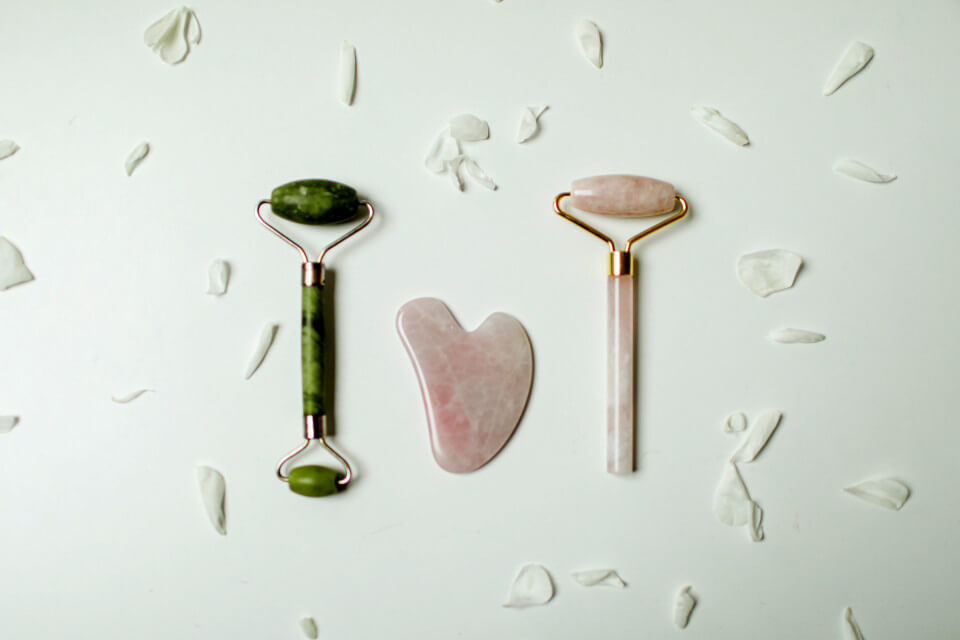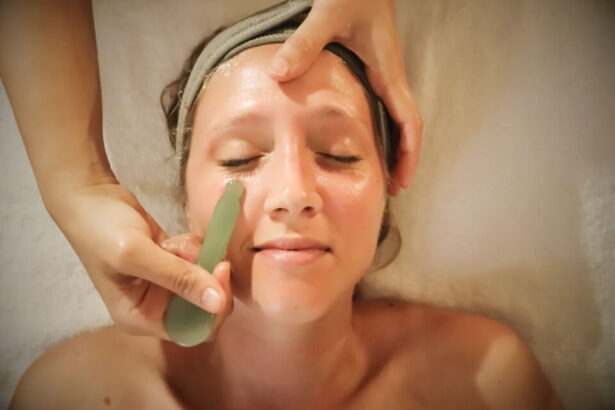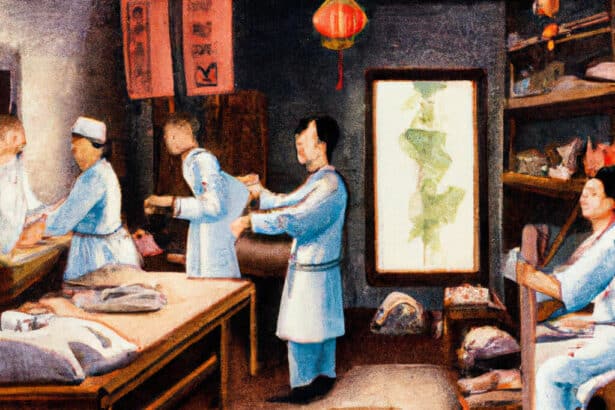There are several types of gua sha tools available on the market, including gua sha boards, gua sha combs, gua sha spoons, and gua sha rollers. Choosing the right gua sha tool is essential to get the most out of gua sha therapy.
Factors to Consider When Choosing a Gua Sha Tool
- Skin Type
One of the most important factors to consider when choosing a gua sha tool is your skin type. If you have sensitive skin, it is important to choose a tool that is gentle on the skin and does not cause irritation. If you have oily skin, you may want to choose a tool that is easy to clean and does not trap dirt and bacteria. - Shape and Size
The shape and size of the gua sha tool is another important factor to consider. Different tools are designed to treat different areas of the body, so it is important to choose a tool that is suitable for the area you want to treat. Gua sha boards are flat and rectangular in shape, making them suitable for treating larger areas of the body. Gua sha spoons are curved and are ideal for treating the face and neck. Gua sha combs are narrow and are suitable for treating the scalp and hair. - Material
The material of the gua sha tool can also affect its effectiveness. Jade and rose quartz gua sha tools are believed to have healing properties in traditional Chinese medicine, which can enhance the benefits of gua sha therapy. Stainless steel gua sha tools are durable and long-lasting, making them a good choice for professionals who use the tool frequently. Buffalo horn gua sha tools are believed to have unique properties that can help improve blood circulation and promote collagen production. - Texture
The texture of the gua sha tool is another important factor to consider. Some gua sha tools have a smooth surface, while others have a textured surface. Textured gua sha tools can provide deeper tissue massage and help break down adhesions and scar tissue. Smooth gua sha tools are gentler on the skin and are suitable for people with sensitive skin. - Brand and Quality
The brand and quality of the gua sha tool can also affect its effectiveness. It is important to choose a reputable brand that uses high-quality materials to ensure that the tool is safe to use and will provide the desired results. Low-quality gua sha tools can be harmful to the skin and may not provide the desired therapeutic benefits.
Types of Gua Sha Tools
- Gua Sha Boards
Gua sha boards are flat and rectangular in shape and are the most common type of gua sha tool. They are usually made from jade, rose quartz, stainless steel, or buffalo horn. Gua sha boards are suitable for treating larger areas of the body, such as the back, legs, and arms. - Gua Sha Combs
Gua sha combs are narrow and are designed to treat the scalp and hair. They are usually made from jade, rose quartz, or stainless steel. Gua sha combs can help stimulate blood flow to the scalp and promote healthy hair growth. - Gua Sha Spoons
Gua sha spoons are curved and are ideal for treating the face and neck. They are usually made from jade or rose quartz. Gua sha spoons can help improve blood circulation, reduce puffiness, and promote lymphatic drainage. - Gua Sha Rollers
Gua sha rollers are similar to gua sha tools in that they are used to massage the skin and improve blood circulation. They consist of a roller that is attached to a handle and can be used to apply pressure to the skin. Gua sha rollers can be made from jade, rose quartz, or stainless steel, and some have a smooth surface, while others have a textured surface. Textured gua sha rollers can provide deeper tissue massage and help break down adhesions and scar tissue.
Gua sha rollers can be a good alternative to gua sha tools for those who prefer a rolling motion instead of a scraping motion. They can also be used in combination with gua sha tools for a more comprehensive treatment. - Gua Sha Stones
Gua sha stones are similar to gua sha boards but are smaller in size and are designed to be held in the hand. They can be made from jade, rose quartz, or other types of stone. Gua sha stones are suitable for treating smaller areas of the body, such as the face and neck.
How to Choose the Right Gua Sha Tool
- Determine the area of the body you want to treat. This will help you choose the right size and shape of gua sha tool.
- Consider your skin type. If you have sensitive skin, choose a tool that is gentle on the skin. If you have oily skin, choose a tool that is easy to clean.
- Choose the material of the gua sha tool. Jade and rose quartz gua sha tools are believed to have healing properties, while stainless steel and buffalo horn gua sha tools are durable and long-lasting.
- Decide on the texture of the gua sha tool. Smooth gua sha tools are suitable for people with sensitive skin, while textured gua sha tools can provide deeper tissue massage.
- Choose a reputable brand that uses high-quality materials to ensure that the tool is safe to use and will provide the desired therapeutic benefits.
How to Use Gua Sha Tools
- Apply a thin layer of oil or moisturizer to the area of the body you want to treat.
- Hold the gua sha tool at a 45-degree angle to the skin and apply gentle pressure.
- Move the tool in an upward and outward motion, using short strokes.
- Apply more pressure if desired, but be careful not to apply too much pressure, as this can cause skin irritation or injury.
- Clean the gua sha tool after each use to prevent the buildup of bacteria.
Read more about different Gua Sha strokes here.
Conclusion
Choosing the right gua sha tool is essential to get the most out of gua sha therapy. Consider factors such as skin type, shape and size, material, texture, and brand and quality when choosing a gua sha tool. Gua sha tools can provide many therapeutic benefits, including improved circulation, pain relief, and reduced inflammation. When used correctly, gua sha tools can be a safe and effective way to promote overall health and wellness.



